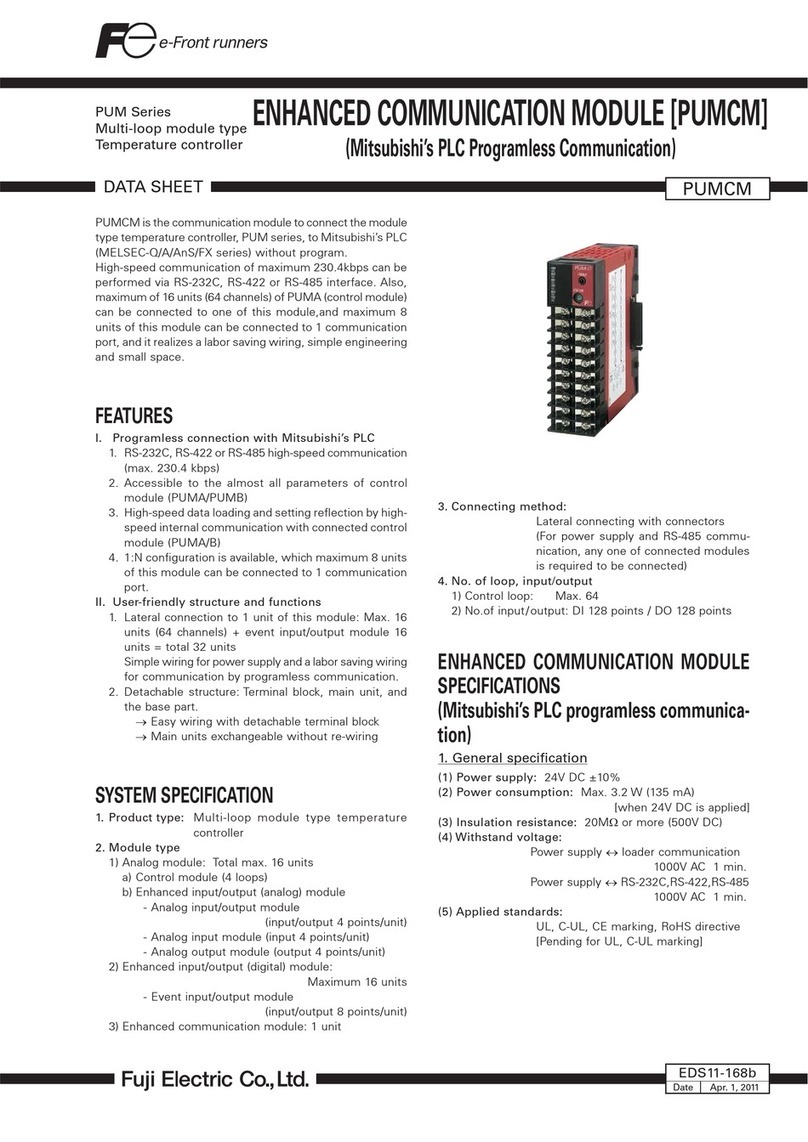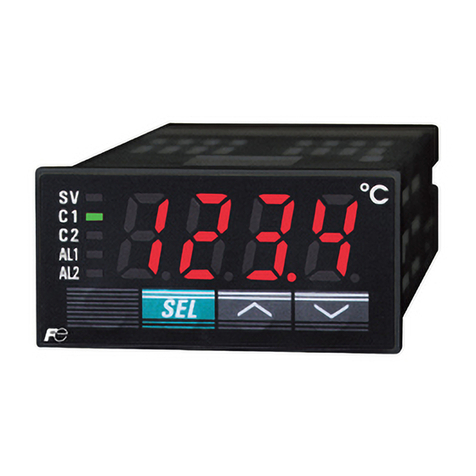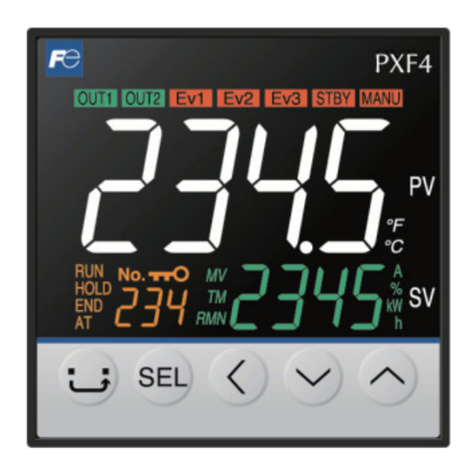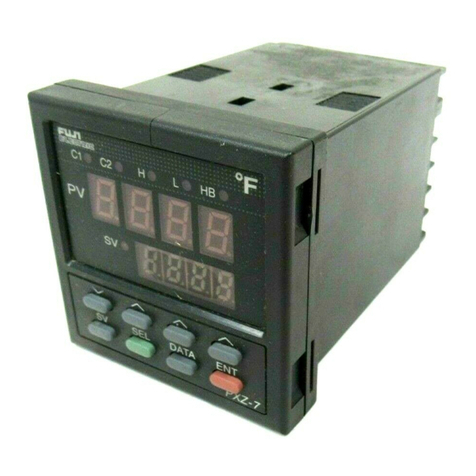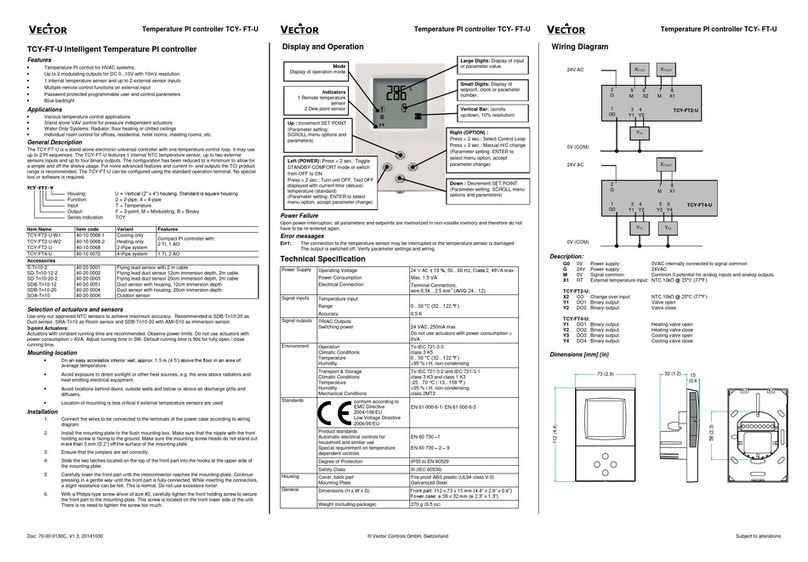
–
1
–
Thank you for your purchasing “Fuji Digital Temperature Controller.” Please check that the product is
exactly the one you ordered and use it according to the following instructions. (Please refer to a separate
operation manual for details.) Dealers are cordially requested to ensure the delivery of this Instruction
Manual to hands of the end-users.
NOTICE
The contents of this document may be changed in the future without prior notice.
We paid the utmost care for the accuracy of the contents. However, we are not liable for direct and indirect
damages resulting from incorrect descriptions, omission of information, and use of information in this
document.
CONTENTS....................................................... 1
Check of specications and accessories........... 2
The related documents...................................... 2
Safety Precautions ............................................ 3
Index ............................................................. 9
1. Installation/mounting ................................... 10
2. Wiring .......................................................... 11
3. Usage (Read before using) ......................... 13
4. Display and operation.................................. 14
5. Setting methods of temperature and
parameters ........................................... 16
1st block parameter..................................... 16
2nd block parameter.................................... 17
3rd block parameter .................................... 18
6. Functions..................................................... 19
6-1 ON/OFF control.................................. 19
6-2 Auto-tuning (AT) ................................. 20
6-3 Self-tuning ............................................. 21
6-4 Alarm function (option) .......................... 23
6-5 Ramp/soak function (option) ................. 25
6-6 Communication function (option) .......... 26
6-7 Alarm function (option) .......................... 27
6-8 Other functions...................................... 28
6-9 Retransmission function (option)........... 29
7. Setting of input type and control algorithm ..... 30
8. Error indications ............................................. 32
[Table 1] Input type code ................................ 30
[Table 2] Control output action code............... 34
[Table 3] Input range (Standard range) .......... 35
[Table 4] Alarm action type code .................... 36
PXR Model Code Conguration ..................... 38
Specication................................................... 39
Instruction Manual
Micro-controller X
Model : PXR3
INP-TN2PXR3-E
CONTENTS
Global Sales Section
Instrumentation & Sensors Planning Dept.
1, Fuji-machi, Hino-city, Tokyo 191-8502, Japan
http://www.fujielectric.com
Phone: +81-42-514-8930 Fax: +81-42-583-8275
http://www.fujielectric.com/products/instruments/


